

| Firma : MSC Cruises |
| Statek : MSC Seaview |
| Data rozpoczęcia : sob. 10 kwi 2027 |
| Data zakończenia : śr. 28 kwi 2027 |
| Liczba nocy : 18 nocy |
| Dzień | Data | Port | Wypłynięcie | Odpłynięcie |
|---|---|---|---|---|
| 1 | 10.04 sob. | Fort-de-France, Martynika (wyspa) / Martynika | 19:00 | |
| 2 | 11.04 niedz. | Pointe-a-Pitre / Gwadelupa | 07:00 | 19:00 |
| 3 | 12.04 pon. | Philipsburg / Saint Martin | 09:00 | 19:00 |
| 4 | 13.04 wt. | Road Town, Tortola / Wyspy Dziewicze | 08:00 | 18:00 |
| 5 | 14.04 śr. | St. John / Antigua i Barbuda | 08:00 | 18:00 |
| 6 | 15.04 czw. | Dzień na morzu / Morze | ||
| 7 | 16.04 pt. | Dzień na morzu / Morze | ||
| 8 | 17.04 sob. | Dzień na morzu / Morze | ||
| 9 | 18.04 niedz. | Dzień na morzu / Morze | ||
| 10 | 19.04 pon. | Dzień na morzu / Morze | ||
| 11 | 20.04 wt. | Dzień na morzu / Morze | ||
| 12 | 21.04 śr. | Santa Cruz, około. Teneryfa (Wyspy Kanaryjskie) / Hiszpania | 07:00 | 16:00 |
| 13 | 22.04 czw. | Dzień na morzu / Morze | ||
| 14 | 23.04 pt. | Dzień na morzu / Morze | ||
| 15 | 24.04 sob. | Palma de Mallorca / Hiszpania | 10:00 | 20:00 |
| 16 | 25.04 niedz. | Barcelona / Hiszpania | 07:30 | 18:00 |
| 17 | 26.04 pon. | Marsylia / Francja | 08:00 | 16:00 |
| 18 | 27.04 wt. | La Spezia / Włochy | 08:00 | 17:00 |
| 19 | 28.04 śr. | Neapol / Włochy | 13:00 |
Koszty dodatkowe:
Dodatkowo płatne na statku:
Za każdy zakup towarów w barach, restauracjach, sklepach i punktach usługowych, takich jak SPA, fryzjer itp. pobierana jest dodatkowa opłata za obsługę, której średnia wysokość wynosi 15% ceny zakupu.
Warunki kary:
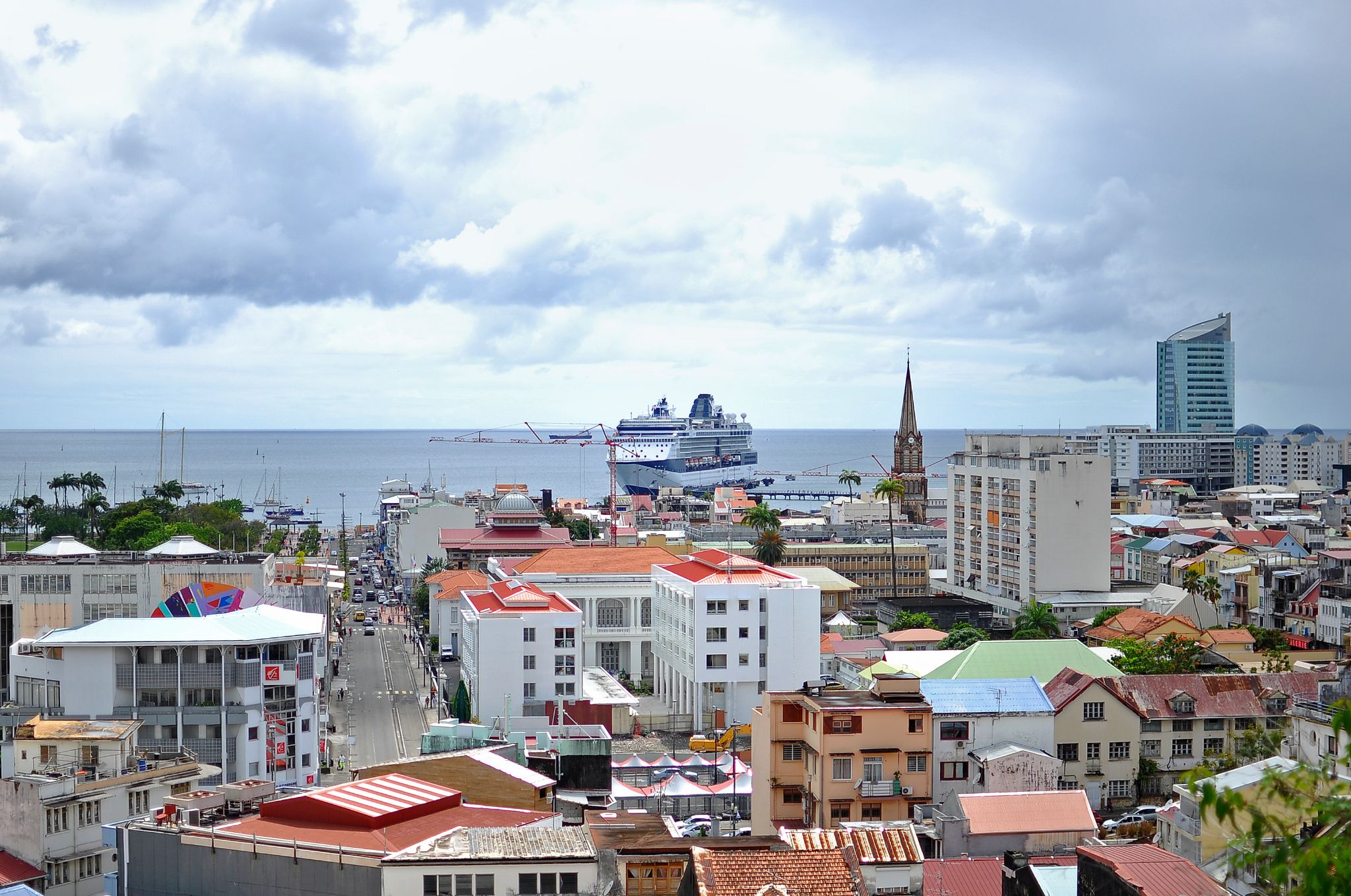
Fort-de-France – Serce Martyniki
Fort-de-France to stolica wyspy Martynika, położona na jej południowym zachodzie. To malownicze miasto portowe łączy francuską elegancję z karaibską egzotyką. Spacerując po jego ulicach, można podziwiać starą architekturę, atmosferę lokalnych rynków i zapierające dech w piersiach widoki na zatokę. Główną atrakcją architektoniczną jest cytadela Fort-de-France, z której roztacza się panoramiczny widok na miasto i wyspę.
Dla turystów Fort-de-France oferuje bogate doświadczenie kulturowe: odwiedziny w muzeach, w tym w Muzeum Martyniki, poznawanie lokalnej kuchni i tradycji. Natura wyspy zachwyca: białe plaże, palmy, tropikalne lasy i wulkaniczne góry – wszystko to sprawia, że Fort-de-France jest idealnym miejscem na relaks i odkrywanie unikalnej karaibskiej kultury.

Pointe-à-Pitre to największe miasto i centrum gospodarcze Gwadelupy, położone na wyspie Grande-Terre na Morzu Karaibskim. Założone w XVIII wieku, zachowuje elementy architektury kolonialnej i pełni funkcję ważnego portu regionu. Tętniące życiem targowiska, takie jak targ Saint-Antoine, zapraszają podróżnych do poznania lokalnego życia, skosztowania przypraw, tropikalnych owoców i rękodzieła. Historyczne centrum miasta z wąskimi uliczkami i budynkami w stylu kreolskim odzwierciedla bogatą mieszankę tradycji francuskich i karaibskich.
Pointe-à-Pitre jest także punktem wyjścia do odkrywania naturalnych cudów Gwadelupy. W pobliżu znajdują się słynny Park Narodowy Gwadelupy oraz wulkan La Soufrière, przyciągające miłośników aktywnego wypoczynku. Osoby zainteresowane historią mogą odwiedzić Memorial ACTe – muzeum poświęcone historii niewolnictwa. Dzięki połączeniu dziedzictwa kulturowego, żywej atmosfery i dogodnej lokalizacji, Pointe-à-Pitre pozostaje atrakcyjnym kierunkiem dla podróżnych szukających autentycznych karaibskich przeżyć.
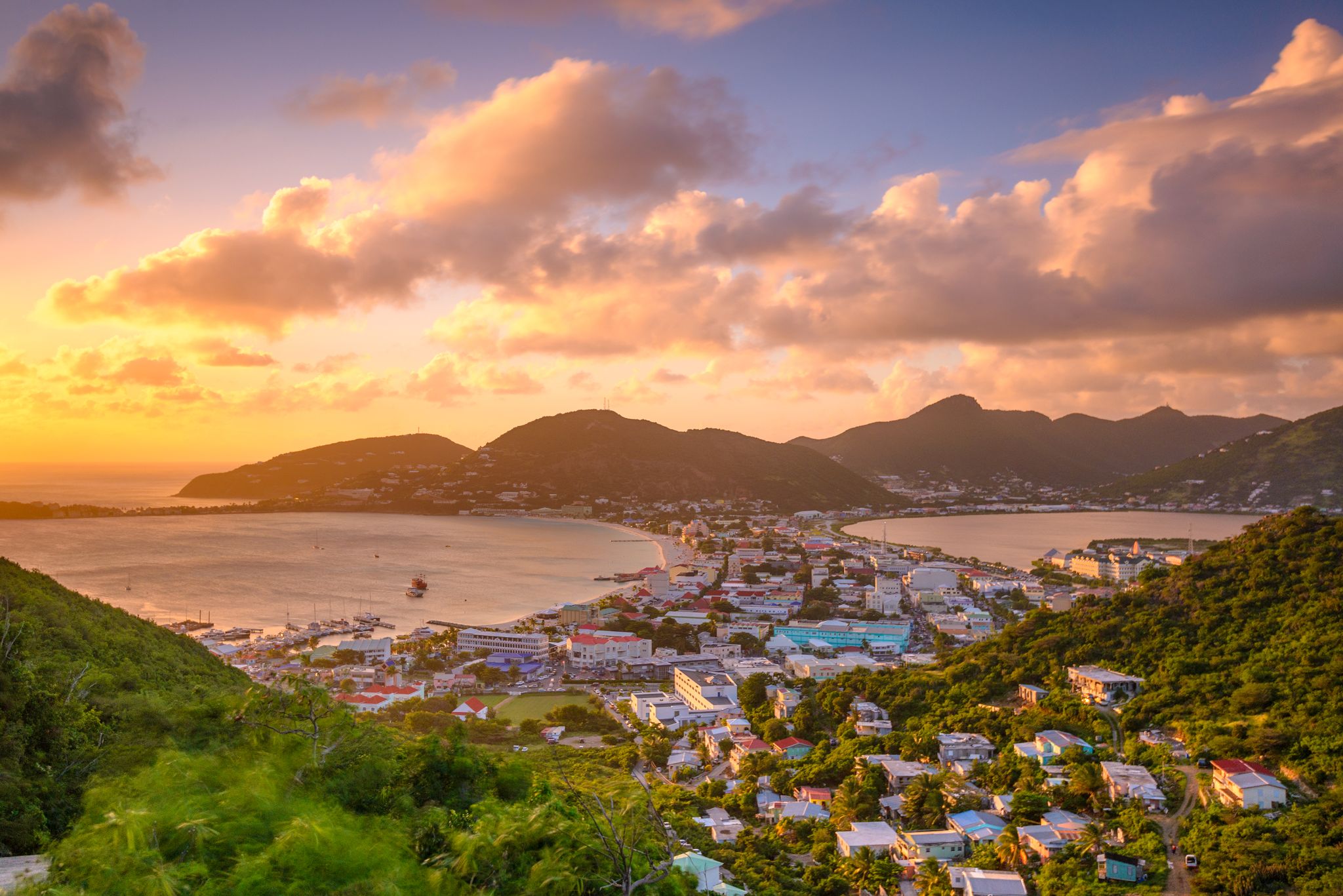

W sercu Karaibów, na wyspie Tortola, znajduje się jeden z najbardziej tętniących życiem i interesujących portów — Road Town. To miasto jest nie tylko stolicą Brytyjskich Wysp Dziewiczych, ale także ważnym punktem dla żeglarzy i turystów podróżujących po Karaibach. Można tu poczuć atmosferę tętniącego tropikalnego miasta, spacerować po malowniczych uliczkach z kolonialną architekturą i odkrywać lokalne rynki z egzotycznymi towarami i pamiątkami. Road Town to idealne miejsce, aby poznać kulturę i tradycje archipelagu, ciesząc się niesamowitymi widokami na ocean i sąsiednie wyspy.
Miasto słynie także z bliskości niesamowitych naturalnych piękności, takich jak rafy koralowe i dziewicze plaże. Turyści mogą wziąć udział w wycieczkach, w tym rejsach łodzią, snorkelingu lub nurkowaniu, aby zbadać podwodny świat, a także odwiedzić zabytki i rezerwaty przyrody. Dla miłośników przygód Road Town oferuje idealne połączenie aktywnego wypoczynku i relaksu wśród zapierających dech w piersiach krajobrazów.
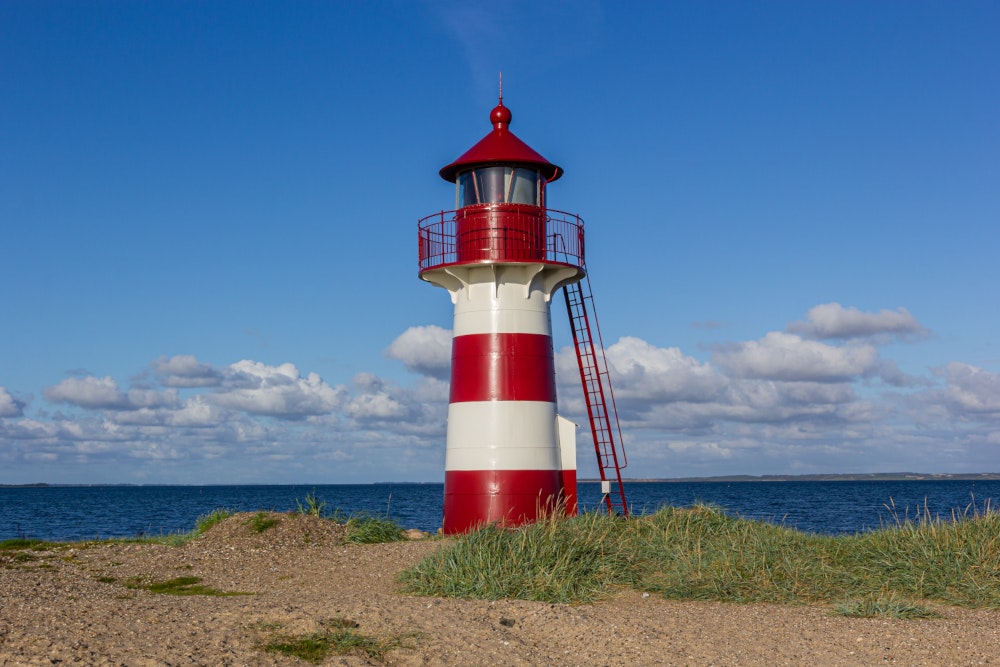
Ukryty raj pośród turkusowych fal Morza Karaibskiego – tak można opisać St. John. Ta malownicza wyspa, należąca do Amerykańskich Wysp Dziewiczych, jest jedną z najmniej zurbanizowanych w regionie. Większość jej powierzchni zajmuje Park Narodowy Wysp Dziewiczych, chroniący tropikalne lasy, rafy koralowe i białe, piaszczyste plaże.
St. John przyciąga tych, którzy szukają spokoju, dziewiczej przyrody i możliwości odkrywania barwnego podwodnego świata. Można tu nurkować w Trunk Bay, odwiedzić ruiny starych plantacji cukru albo wybrać się na pieszą wycieczkę po zielonych wzgórzach. Brak dużych kurortów tylko wzmacnia poczucie ucieczki od cywilizacji – dlatego wyspa ta jest tak ceniona przez podróżników.






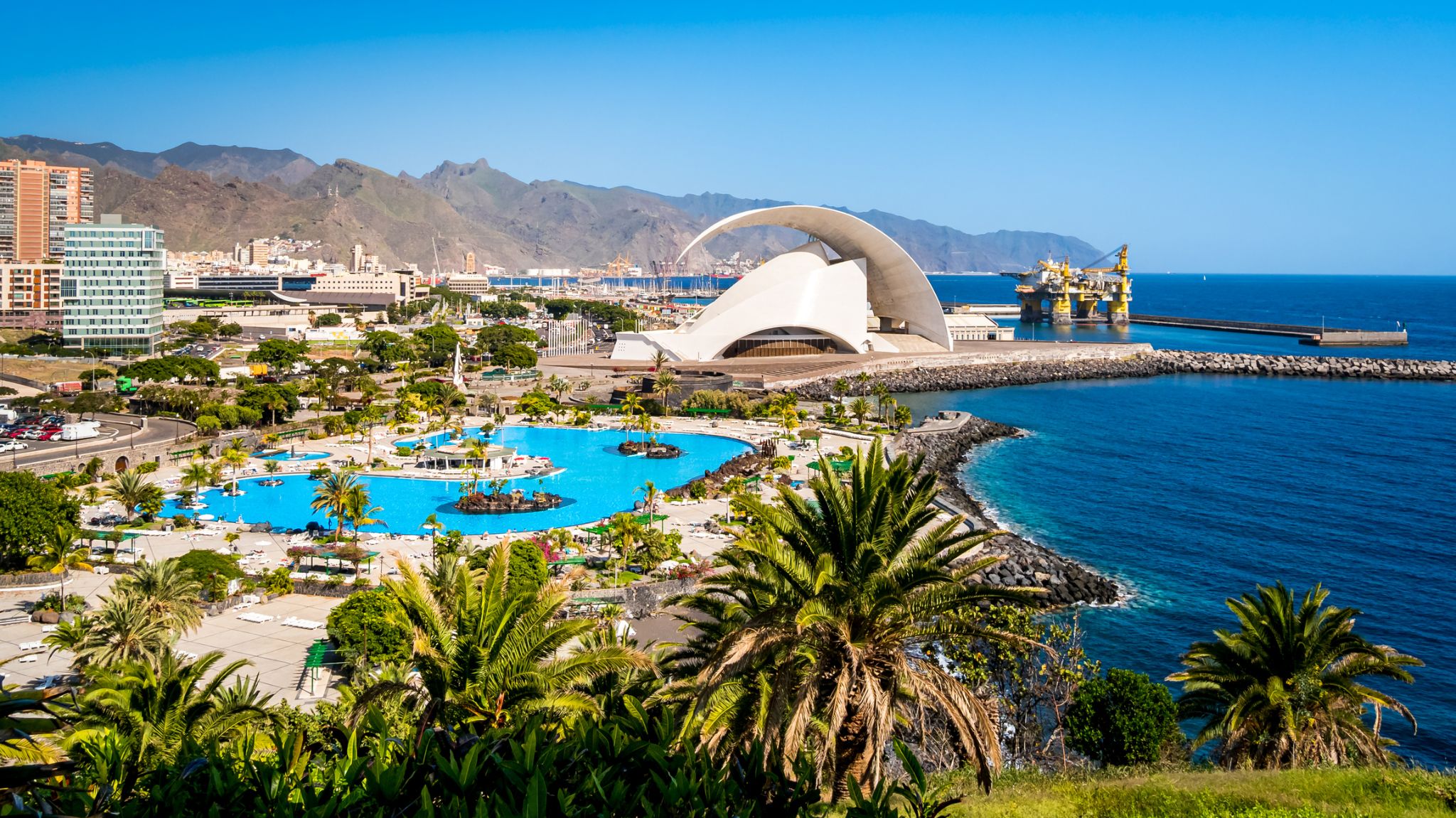


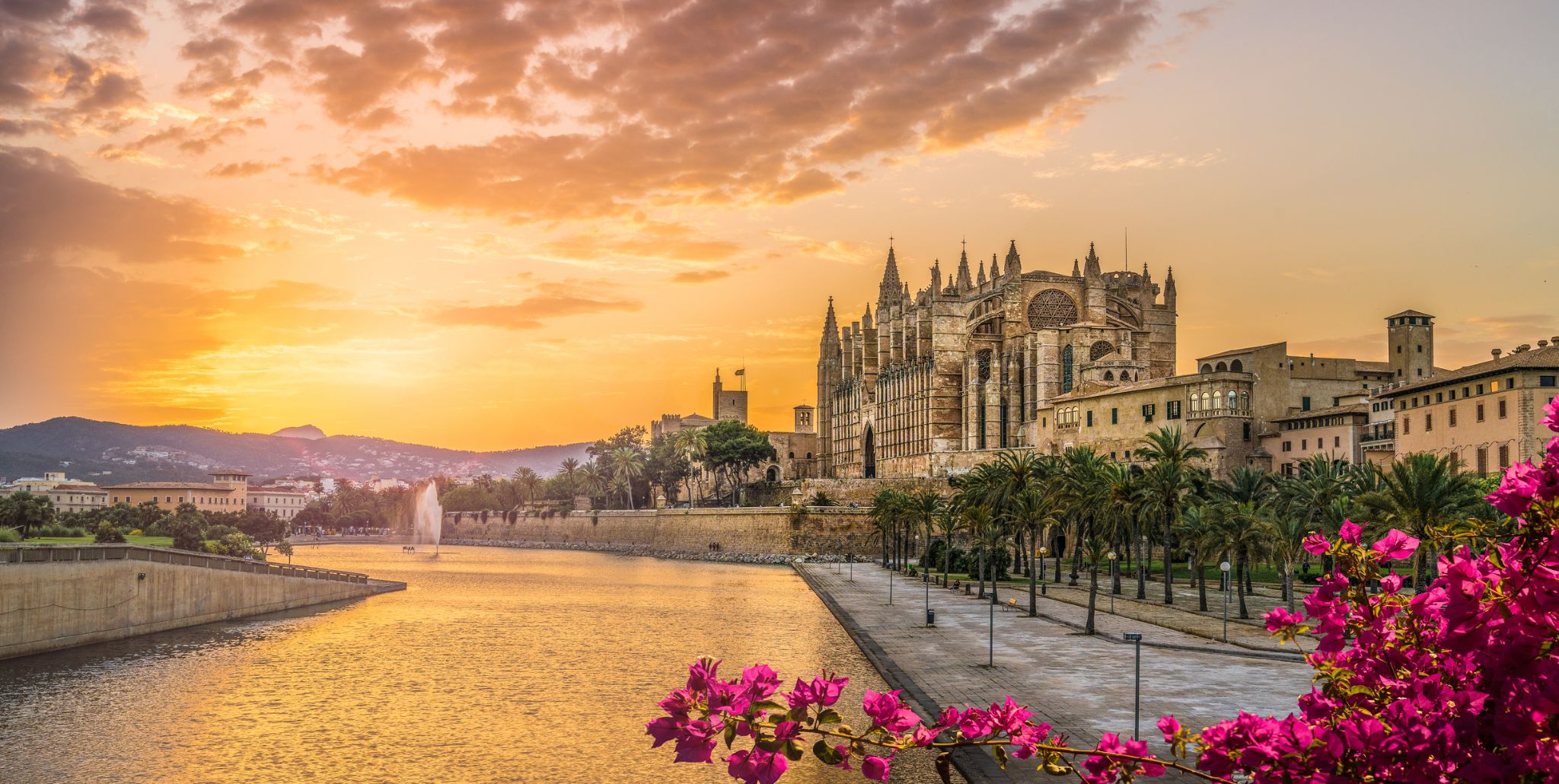
Mallorca is the largest island in the Balearic Islands, which are part of Spain and located in the Mediterranean. The native language, as on the rest of the Balearic Islands, is Catalan, which is co-official with Spanish.
The capital of the island, Palma, is also the capital of the autonomous community of the Balearic Islands. The Balearic Islands have been an autonomous region of Spain since 1983. There are two small islands off the coast of Mallorca: Cabrera (southeast of Palma) and Dragonera (west of Palma). The anthem of Mallorca is "La Balanguera".
Like the other Balearic Islands of Menorca, Ibiza and Formentera, the island is an extremely popular holiday destination, particularly for tourists from Germany and the United Kingdom. The international airport, Palma de Mallorca Airport, is one of the busiest in Spain; it was used by 28.0 million passengers in 2017, increasing every year since 2012.
The name derives from Classical Latin insula maior, "larger island". Later, in Medieval Latin, this became Maiorica, "the larger one", in comparison to Menorca, "the smaller one".

Mając reputację jednego z najatrakcyjniejszych miast w Europie, Barcelona świętuje swoją rolę stolicy Katalonii. Kosmopolityczna i międzynarodowa atmosfera miasta sprawia, że jest to ulubione miejsce wielu ludzi na całym świecie. Miasto jest szczególnie znane ze swojej architektury i sztuki – podróżnicy z całego świata przybywają, aby zobaczyć słynną Sagrada Familia i inne modernistyczne zabytki zaprojektowane przez Gaudiego.
Barcelona to miasto z licznymi i oryginalnymi możliwościami spędzania czasu wolnego, które sprawiają, że chcesz tu wracać. Położona na wybrzeżu Morza Śródziemnego Barcelona słynie z arcydzieł Gaudiego i architektury secesyjnej: jest jednym z najbardziej stylowych miast europejskich.
Miasto jest ośrodkiem nowych trendów w świecie kultury, mody i gastronomii. Dopełnieniem kreatywności artystów i projektantów jest ostrożne podejście do tradycyjnych placówek. Barcelona łączy w sobie urok i spokój historycznego centrum z awangardowymi nowoczesnymi dzielnicami i intensywnym tempem życia w jednym z najczęściej odwiedzanych miast na świecie.
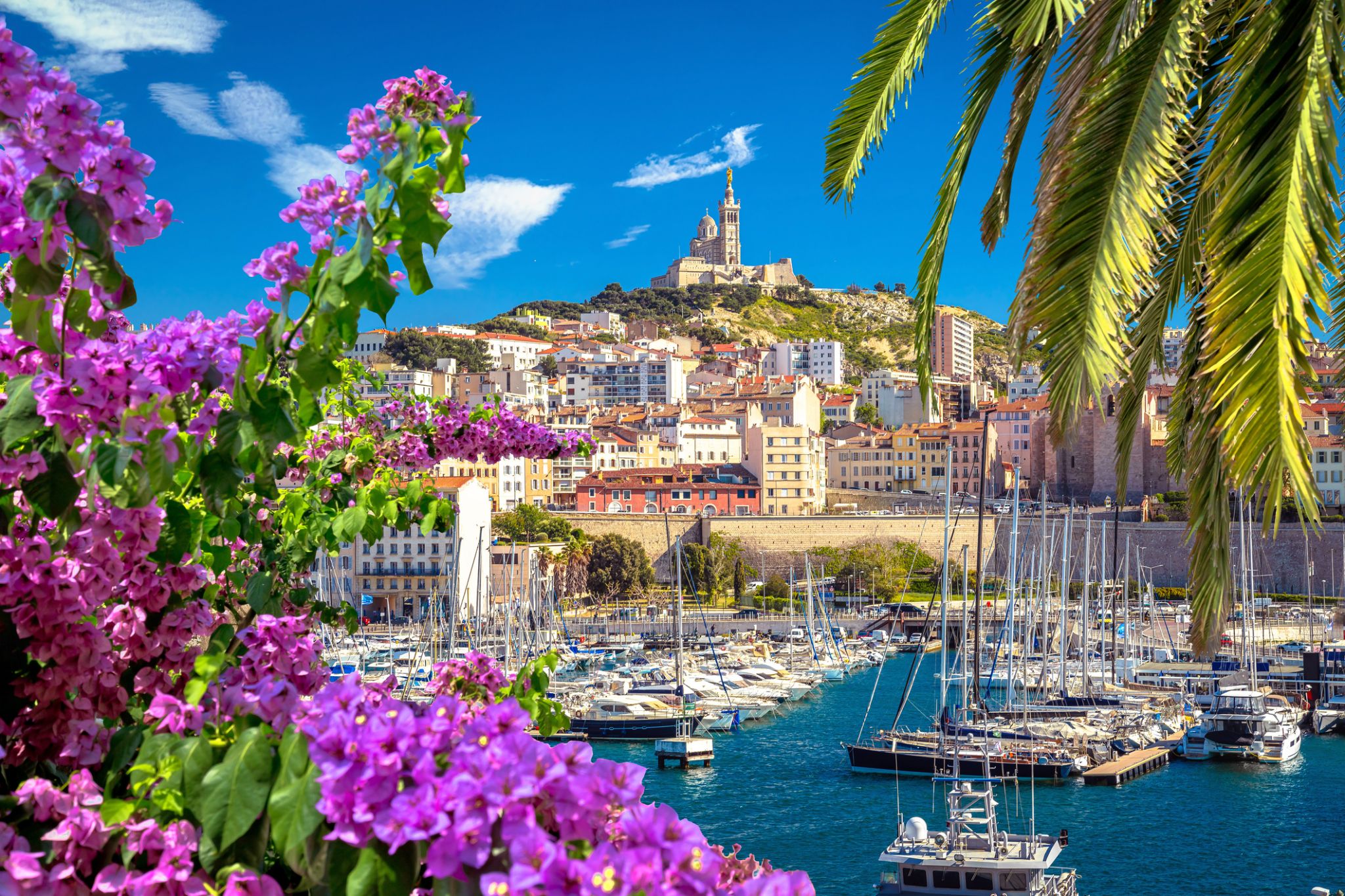
Marseille is the second-largest city of France. The main city of the historical province of Provence, it nowadays is the prefecture of the department of Bouches-du-Rhône and region of Provence-Alpes-Côte d'Azur. It is located on France's south coast near the mouth of the Rhône river. The city covers an area of 241 km2 (93 sq mi) and had a population of 852,516 in 2012. Its metropolitan area, which extends over 3,173 km2 (1,225 sq mi) is the third-largest in France after Paris and Lyon, with a population of 1,831,500 as of 2010.
Known to the ancient Greeks and Romans as Massalia, Marseille was an important European trading centre and remains the main commercial port of the French Republic. Marseille is now France's largest city on the Mediterranean coast and the largest port for commerce, freight and cruise ships. The city was European Capital of Culture in 2013 and European Capital of Sport in 2017; it hosted matches at the 1998 World Cup and Euro 2016. It is home to Aix-Marseille University.

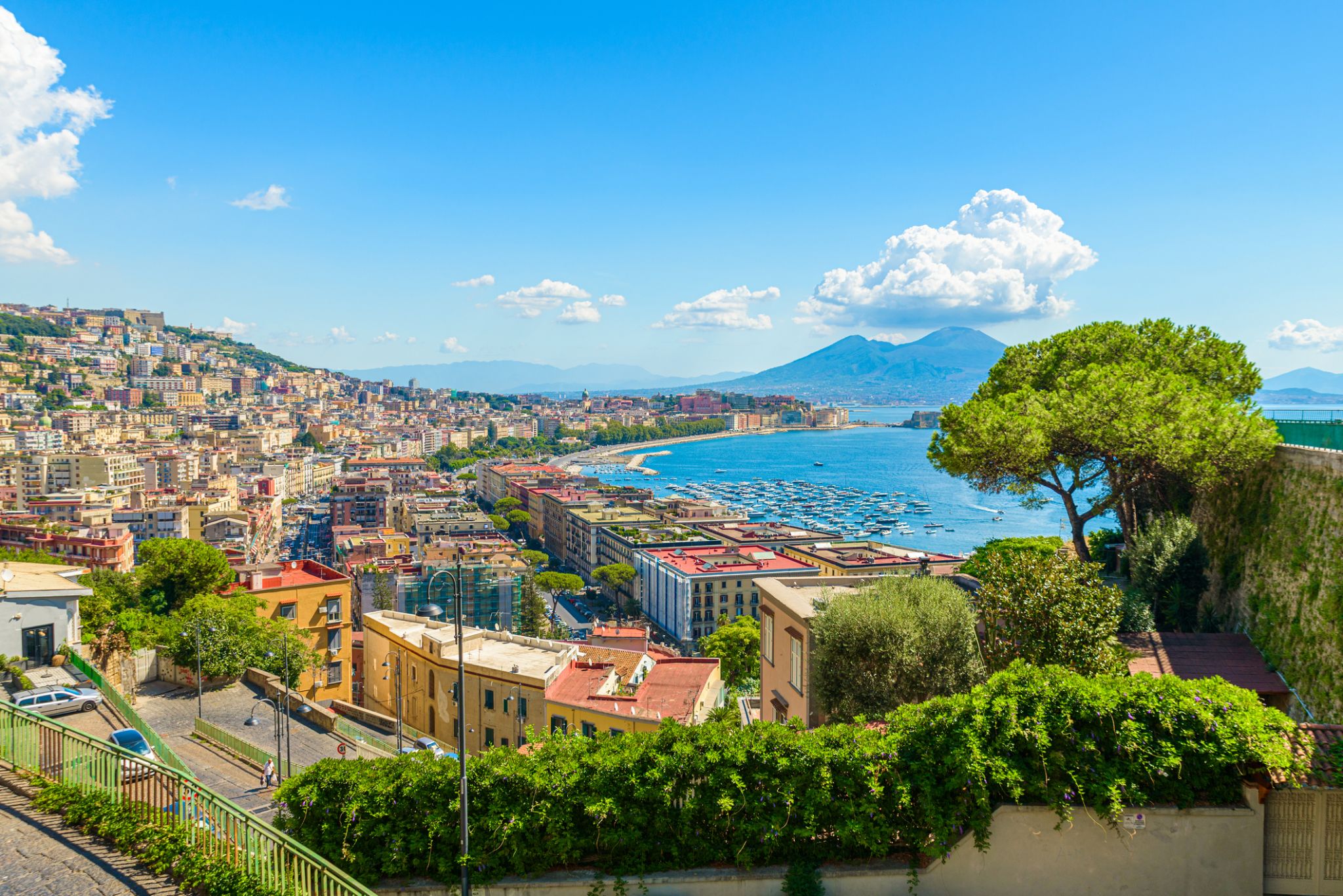
Naples is the regional capital of Campania and the third-largest municipality in Italyafter Rome and Milan. In 2017, around 967,069 people lived within the city's administrative limits while its province-level municipality has a population of 3,115,320 residents. Its continuously built-up metropolitan area (that stretches beyond the boundaries of the Metropolitan City of Naples) is the second or third largest metropolitan area in Italy and one of the most densely populated cities in Europe.
First settled by Greeks in the second millennium BC, Naples is one of the oldest continuously inhabited urban areas in the world. In the ninth century BC, a colony known as Parthenope or Παρθενόπη was established on the Island of Megaride, later refounded as Neápolis in the sixth century BC. The city was an important part of Magna Graecia, played a major role in the merging of Greek and Roman society and a significant cultural centre under the Romans. It served as the capital of the Duchy of Naples (661–1139), then of the Kingdom of Naples (1282–1816) and finally of the Two Sicilies until the unification of Italy in 1861.
Between 1925 and 1936, Naples was expanded and upgraded by Benito Mussolini's government but subsequently sustained severe damage from Allied bombing during World War II, which led to extensive post-1945 reconstruction work. Naples has experienced significant economic growth in recent decades, helped by the construction of the Centro Direzionale business district and an advanced transportation network, which includes the Alta Velocità high-speed rail link to Rome and Salerno and an expanded subway network. Naples is the third-largest urban economy in Italy, after Milan and Rome. The Port of Naples is one of the most important in Europe and home of the Allied Joint Force Command Naples, the NATO body that oversees North Africa, the Sahel and Middle East.
Naples' historic city centre is the largest in Europe and a UNESCO World Heritage Site, with a wide range of culturally and historically significant sites nearby, including the Palace of Caserta and the Roman ruins of Pompeii and Herculaneum. Naples is also known for its natural beauties such as Posillipo, Phlegraean Fields, Nisida, and Vesuvius.
Neapolitan cuisine is synonymous with pizza – which originated in the city – but it also includes many lesser-known dishes; Naples has the greatest number of accredited stars from the Michelin Guide of any Italian city.
The best-known sports team in Naples is the Serie A club S.S.C. Napoli, two-time Italian champions who play at the San Paolo Stadium in the southwest of the city, in the Fuorigrotta quarter.